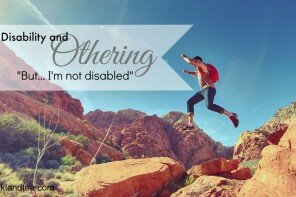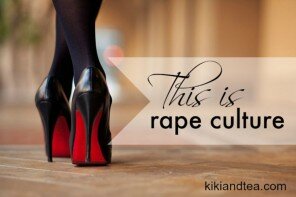 Over the weekend I encountered some fairly hard core homophobia on social media, with sexist and racist overtones to boot. The crux of their argument was that gay people can choose to be gay, and therefore don’t deserve marriage equality. Yep. You can write that in capital letters all you like, it don’t make it true. So I was really interested when I read this article from professor of psychology, psychiatry and education, Richard M. Ryan, examining the link between homophobia and the likelihood that you are actually gay.
Over the weekend I encountered some fairly hard core homophobia on social media, with sexist and racist overtones to boot. The crux of their argument was that gay people can choose to be gay, and therefore don’t deserve marriage equality. Yep. You can write that in capital letters all you like, it don’t make it true. So I was really interested when I read this article from professor of psychology, psychiatry and education, Richard M. Ryan, examining the link between homophobia and the likelihood that you are actually gay.
One theory is that homosexual urges, when repressed out of shame or fear, can be expressed as homophobia. Freud famously called this process a “reaction formation” — the angry battle against the outward symbol of feelings that are inwardly being stifled. Even Mr. Haggard seemed to endorse this idea when, apologizing after his scandal for his anti-gay rhetoric, he said, “I think I was partially so vehement because of my own war.”
The paper was developed through 6 studies across the US and Germany of 784 university students. The participants rated their sexuality on a scale of sexuality, gay to straight. They then took a computer test where they were shown images and words indicating homosexuality or heterosexuality (e.g. words like “homosexual” or images of same sex and opposite sex couples) and asked to sort them into straight or gay as quickly as possible. But there was a twist.
The twist was that before each word and image appeared, the word “me” or “other” was flashed on the screen for 35 milliseconds — long enough for participants to subliminally process the word but short enough that they could not consciously see it. The theory here, known as semantic association, is that when “me” precedes words or images that reflect your sexual orientation (for example, heterosexual images for a straight person), you will sort these images into the correct category faster than when “me” precedes words or images that are incongruent with your sexual orientation (for example, homosexual images for a straight person). This technique, adapted from similar tests used to assess attitudes like subconscious racial bias, reliably distinguishes between self-identified straight individuals and those who self-identify as lesbian, gay or bisexual.
The findings indicated over 20% of those who identified as very straight were actually faster when “me” was associated with an image implying homosexuality. These participants were also more likely to display hostility towards gay individuals and an anti-gay agenda.
What do you think? Do you believe there is a link between homophobia and homosexuality?
T.








